In assessing what the Philippines did to achieve positive outlier performance in anemia reduction among women of reproductive age, it is important to note the significance of the substantial and effective investments that it has made over time, both within the health sector and in other areas such as education and sanitation.
Through a linear decomposition study of various interventions and their predicted effects (see Figure 9)—as well as through various other quantitative and qualitative sources, including extensive interviews with policymakers, practitioners, and community members in the Philippines—we were able to identify three broad categories of action that made especially significant impacts on anemia prevalence:
- The expansion of women’s access to high-quality health care—especially family planning and antenatal care (ANC), including micronutrient supplementation. The government enacted numerous policies to broaden this access, making it easier for women and girls to avoid unintended and high-risk pregnancies that increase vulnerability to anemia—and to manage their intentional pregnancies in a way that safeguards nutrient levels for themselves and their in-utero fetus.
- The improvement in women’s nutrition levels. Anemia is, most fundamentally, a condition of nutritional insufficiency. Through a range of policies and programs, the Philippines improved nutritional outcomes for its entire population. It also pursued several that specifically addressed the dietary needs of women of reproductive age, as well as the economic and social conditions that might prevent women and girls from meeting those needs. All of these initiatives combined to help substantially reduce anemia levels within this demographic category.
- The alleviation of poverty’s influence on anemia, via conditional cash transfers to improve women’s economic status. Not only was there less poverty, but the differences in anemia rates among wealth quintiles narrowed. In addition, the deprivations associated with poverty, such as lack of access to basic goods and services, became less common. Of particular importance to efforts against anemia, the proportion of Filipinos with access to clean water and adequate sanitation markedly increased.
The following sections will explore each of these three categories in greater detail.
Improved health care access and use
The foremost driver of anemia reductions in the Philippines was the improvement in health care access for women, especially in family planning and micronutrient supplementation via ANC.
In this section, we provide more detail on the policies, including the 2008 Maternal, Newborn and Child Health and Nutrition (MNCHN) strategy, which made important contributions to progress in these areas. This strategy, and several other elements of national policy, reflected a shift toward an increasingly comprehensive integrated approach to women’s health and nutrition, encompassing everything from family planning and reproductive health to nutritional supplementation and poverty alleviation, with an emphasis on serving historically underserved and vulnerable populations.

Additionally, government policies specifically aimed at improving health care delivery played a major role in improving outcomes across population groups. Many of these programs emphasized access and delivery for historically underserved populations, which helps explain their impact on improving equity as well as overall public health outcomes.
Family planning
Of all the interventions that the Philippines deployed against anemia, none was cited more frequently and favorably by our study’s national interviewees than its family planning programs. Pregnancy and childbirth increase the risks of anemia for women, especially under certain circumstances—such as if the mother is very young or if she has multiple pregnancies within a short interval of time. Family planning is crucial to reducing such high-risk pregnancies, and therefore to reducing anemia prevalence.
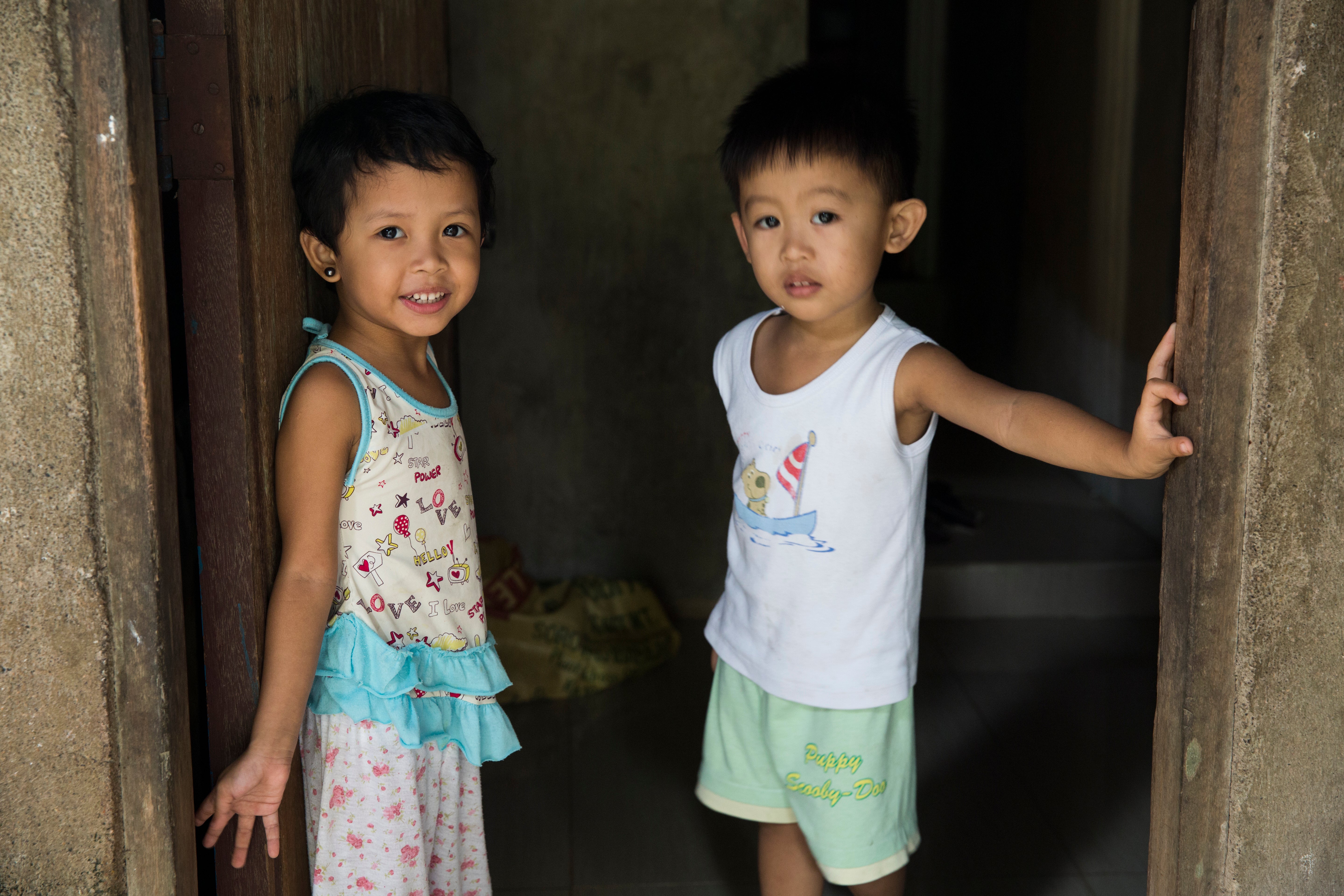
Reproductive health was a core pillar of the MNCHN strategy, and this strategy led to the Responsible Parenthood and Reproductive Health Act of 2012. The law asserted a definition of contraception as essential medicine, established measures to advance reproductive health education, and emphasized the provision of a full range of reproductive health care services within local public health facilities, including modern contraceptive methods. It also spelled out employers’ responsibilities with regard to employees’ reproductive health rights and provided for increased training in family planning education for community health workers.
Over the course of the study period, usage rates for modern contraceptives among non-pregnant women increased from 22% in 2008 to 25% in 2018, and the mean interval between births (birth spacing) increased from 33.2 months to 36.8 months during the same period.,,
Additionally, access to modern contraceptives greatly improved, with the Responsible Parenthood and Reproductive Health Act ensuring universal and free access to nearly all modern contraceptives at government health centers. As Figure 11 shows, between 2008 and 2018, the proportion of modern contraceptive users who received their contraceptives from government health centers increased from 12% to 36%.
Figure 11: Source of modern contraceptives among non-pregnant women in the Philippines (2008–2018)

Micronutrient supplementation via high-quality antenatal care
Another crucial area in which women’s access to vital health care improved over the study period was MNCHN services, particularly ANC.
This category of care gained a new level of attention and resources when the Philippine Department of Health (DOH)—seeking to rapidly bring down the nation’s rates of maternal and child mortality in compliance with the Millennium Development Goals—issued a 2008 administrative order on Implementing Health Reforms for the Rapid Reduction of Maternal and Neonatal Mortality.
The policy issuance provided the guidance for rapidly reducing maternal and neonatal deaths through the provision of a package of MNCHN resources, which interviewees described as a complete package of health services covering pregnancy, delivery, and the postpartum period for both mothers and babies.
One especially important example of the benefits of the MNCHN program was an increase in the number of expected ANC visits. In the 1990s, all pregnant women were required to attend at least three such visits, short of the international recommended standard of four ANC sessions. Beginning in 2008, the Philippines embraced the four-visit standard, and the proportion of pregnant women attending four or more ANC appointments rose from 78% in 2008 to 87% in 2018 (Figure 12).,
Figure 12: Coverage of antenatal care among NPW during their most recent pregnancy, Philippines (2008–2018)

In addition to these direct benefits of the MNCHN program, national interviewees said that it served as an important vehicle for behavioral change among expectant women. “This is effective,” said an official of a domestic nongovernmental organization that administered the MNCHN package. “When it comes to antenatal care, this is the opportunity of the health care worker to establish rapport with pregnant women and improve their health-seeking behavior.”
“Pregnant women, when they visit the facility, also attend nutrition education, [along with] family planning counseling, as part of the MNCHN services,” an interviewee from a national government agency said. “Aside from the birth plan, [the women] also have a maternal plan ensuring that they maintain good health-seeking behaviors.”
One of the most important ways that expanded ANC access has improved anemia outcomes is through the administration of micronutrient supplementation to women of reproductive age during their interactions with the health care system.
The Philippines first made a major investment in supplementation in 1998 with the Policy on Universal Micronutrient Supplementation. This measure ensured the provision of micronutrient supplementation to women of reproductive age. It also provided guidance to public health workers and private-sector partners on identifying high-priority groups and understanding their specific supplementation needs.
For example, it called for the administration of 180 tablets of iron and folic acid (IFA) supplementation over the course of a pregnancy, 90 tablets over the lactation period, and weekly IFA tablets for other women of reproductive age, including adolescent girls.
This attention to IFA has had good results. Our national-level interviewees identified iron-folic supplementation as the single most effective program of the past 20 years for reducing anemia among pregnant and lactating women. The Philippines has made IFA supplements free to patients during ANC and postnatal care checkups.
While local government units participate in the provision of the supplements, the national government has continued to have an indispensable role in ensuring the nationwide success of the program. For example, DOH involvement has been crucial to ensuring the adequate supply and availability of the supplements. The department has even bought coated IFA pills; the coating improved their taste—and thereby boosted formerly low compliance rates.
National interviewees said such programs have proven to be quite effective in raising IFA supplementation levels, especially among women who do not have the means to buy their own supplements or those lacking awareness of the necessity of micronutrient supplementation.
“This is trying to address what is the gap in the nutritional status of [a] vulnerable group,” said one medical-society representative. “The micronutrient should be available and should be given to them in order to address whatever is lacking in their diet.”
Partly as a result of such policies, the proportion of non-pregnant women taking IFA for 90 days or more increased from 42% to 62% between 2008 and 2018 (Figure 13).,
Figure 13: Coverage of iron-folic acid supplementation among non-pregnant women in the Philippines (2008–2018)

The Philippines also demonstrated excellence in integrating micronutrient supplementation into non-health facilities to improve access, coverage, and adherence to micronutrient supplementation. The Philippines established weekly IFA supplementation among teenage girls in public schools. This program ensures girls are able to build up their iron levels at a relatively early age and enables them to keep those levels sufficiently high even as they begin menstruating. The weekly IFA supplementation program is a partnership between the DOH, the Department of Education, and community-level participants nationwide. It is an example of an intervention resulting from the Philippines’ highly integrated approach to maternal and adolescent health; among other things, the program demonstrated the nation’s willingness to extend IFA coverage to include not only pregnant women, but also teens.
Several national interviewees said that the enhancement and upgrading of health care facilities and medical equipment through the DOH’s Health Facilities Enhancement Program have resulted in significant increases in the number of health facilities across the country. This was perceived to be one of the most important factors in the improvement of access and delivery of maternal health services in rural health units and barangay health centers.
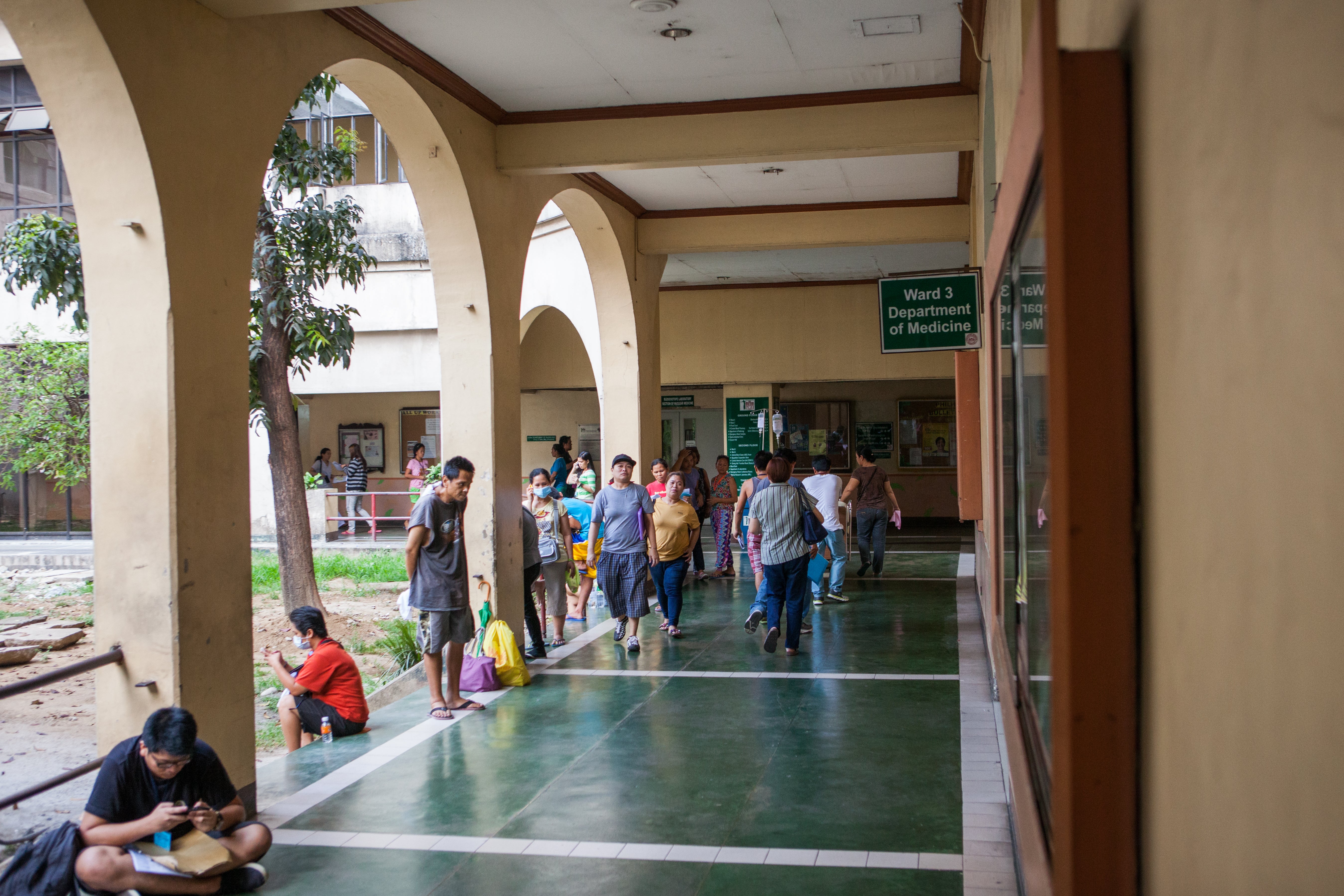
“There are more and more health facilities. They are more equipped with appropriate and newer state of the art and medical supplies and equipment,” said one official from an international organization. “Unlike before, these facilities . . . are much more equipped now. So there is better and earlier detection of complications of pregnancy, including blood disorders and anemia. Now at least there are ways of taking the hemoglobin of mothers.”
The expansion of the Philippine Health Insurance Corporation (PhilHealth) national insurance coverage was also a major factor in the improvement in maternal health care use. Interviewees reported that through the partnership of DOH and the Department of Social Welfare and Development, financially struggling families that had not benefited from the Pantawid Pamilyang Pilipino Program, or 4Ps, were identified and enrolled as PhilHealth members to ensure that they could freely obtain the maternal package of services.
As a result, there was an increase in health service coverage, ANC visits, facility-based deliveries, postnatal care visits, and utilization of outpatient care. DOH interviewees also said PhilHealth had raised its benefit level to as high as 8,000 Philippine peso for the maternal care package, significantly reducing out-of-pocket costs for maternal health care services.
“This has been a big help because maternal health care is no longer [an] out-of-pocket [expense], but can now be shouldered by PhilHealth,” said an interviewee from a national government agency. “A member can give birth at any birthing centers accredited by PhilHealth, which means that all the services are free, including the micronutrients supplements. Thus, PhilHealth served as the backbone to achieve universal health care in the Philippines.”
Advances in dietary quality
Dietary quality and diversity
Another major factor in the reduction of anemia prevalence is the improvement in nutrition for the general population – including women and girls – in the Philippines.
The reasons for this national shift away from undernourishment are varied. One is a general improvement in both the quality and diversity of diets. Filipinos simply have greater access to different kinds of foods than they did at the start of this century.
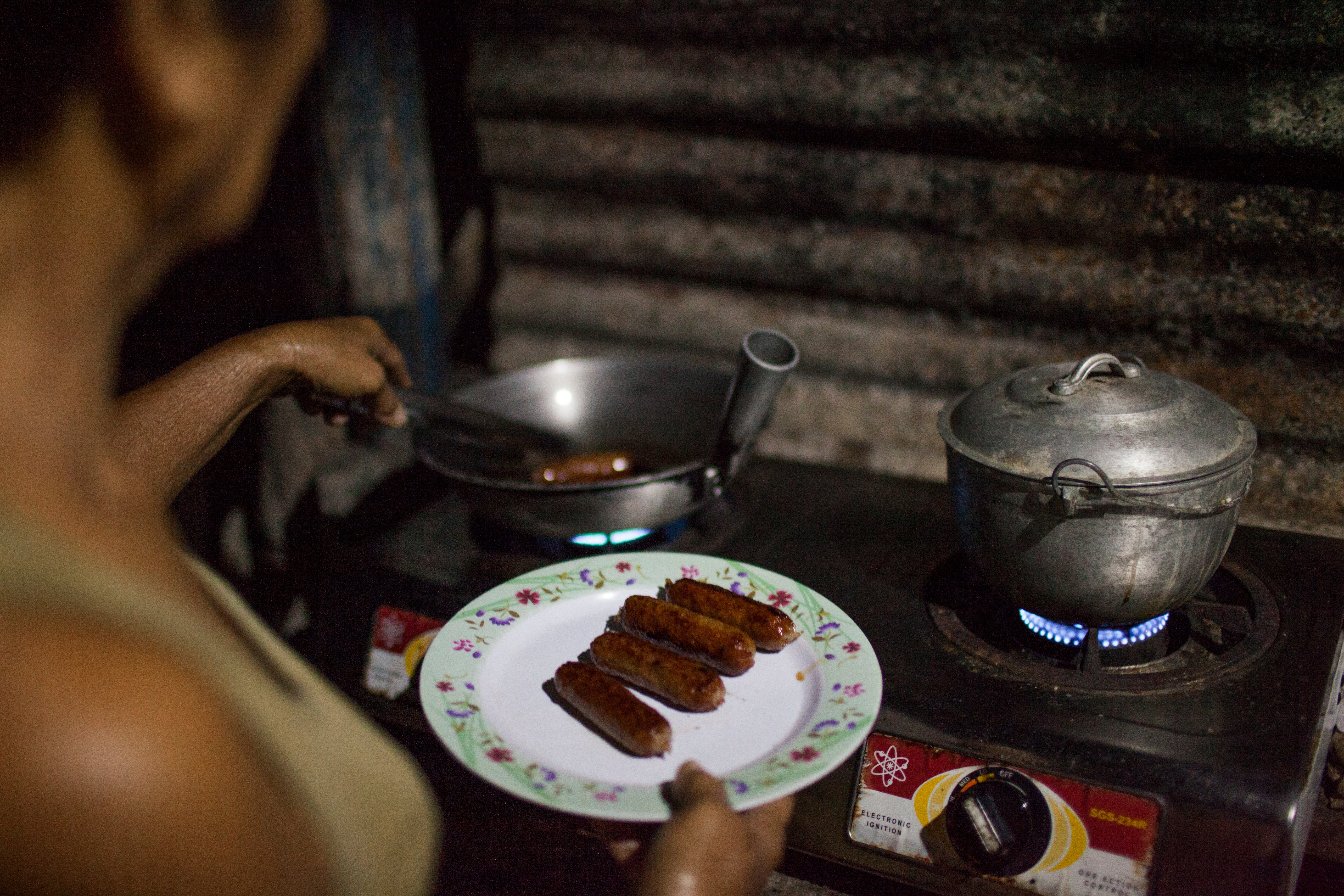
This is partly the result of rising overall levels of affluence. Several other factors are also at play, however, including advances in food and agricultural technologies, a more widespread embrace of long-proven techniques like crop rotation and diversification, and improvements in food transportation and distribution.
Food security
These gains in food quality and diversity are part of a broader national drive toward enhanced food security for all Filipinos. A major national initiative in this direction, launched shortly before the start of our study period, has been the Accelerated Hunger-Mitigation Program.
Introduced in 2006 and overseen by the National Nutrition Council, this program aims to address both the supply and demand sides of hunger with interventions such as increasing food production, enhancing efficiency of logistics and food delivery, and promoting better nutrition.
This last objective is codified through the Promote Good Nutrition program. Its primary components include the community-based promotion of infant and young child feeding through the training of local nutrition mentors. The Promote Good Nutrition program also advances the school-based promotion of national nutritional guidelines.
A significant component of the Philippines’ food security efforts has been the promotion of home-based food production, especially in rural areas, to improve household-level food security. The Philippine Plan of Action for Nutrition has called for an increased role for residential food plots, community gardening, and gulayan sa paaralan (school vegetable gardening).
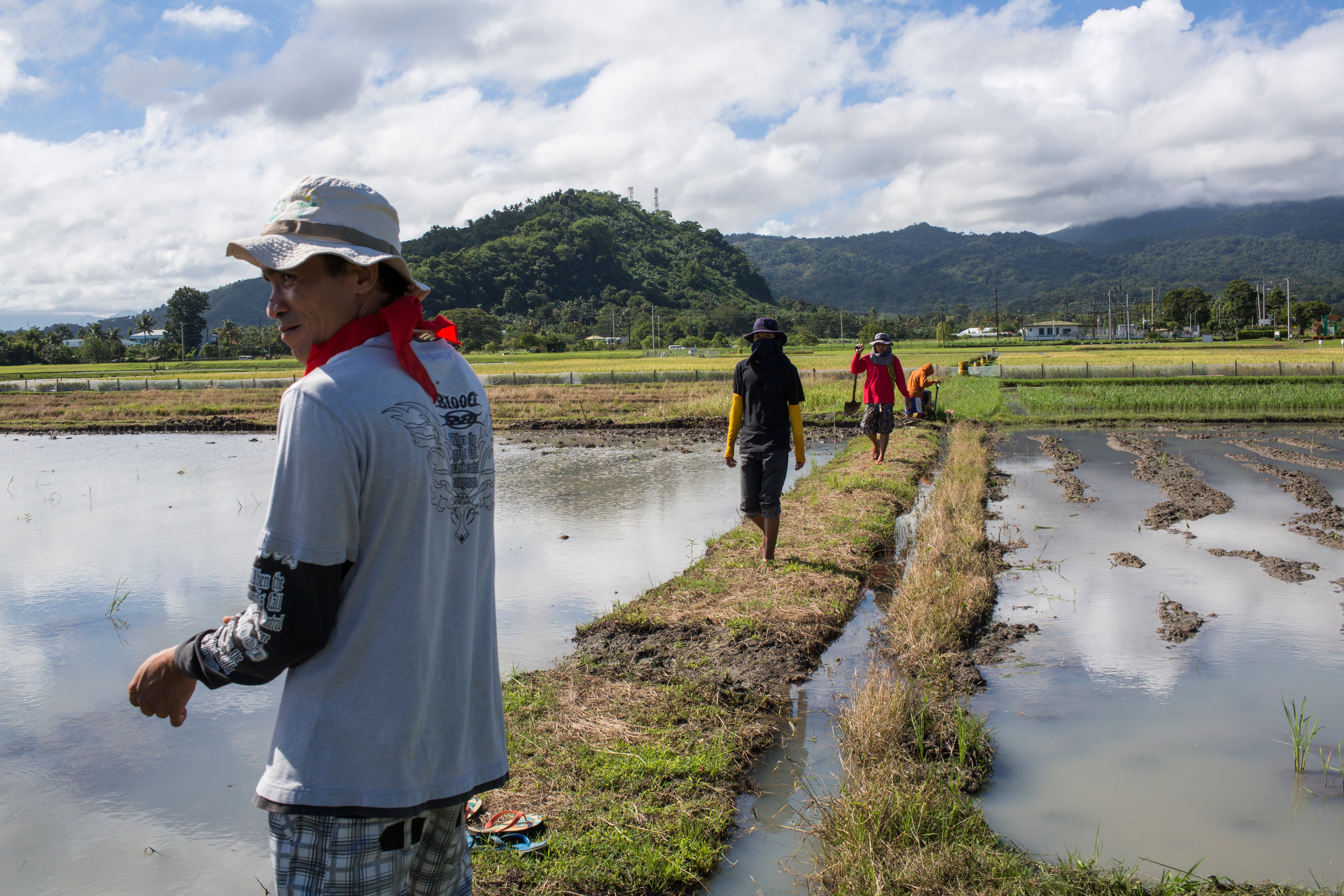
The country’s Backyard and Community Gardening program was the second-most cited program among national interviewees asked to assess the impacts of various interventions on anemia reduction.
“Backyard and Community Gardening is an interagency approach that can be a source of food and at the same time [a means] to have additional income for the family,” said one academic observer. “The focus of the program was for the family to have available foods always at home.”
This may have had an influence on the rise in meat consumption, and therefore of protein levels, as more Filipinos began raising chickens or pigs in their own yards. Interviewees cited the rising household production of food as one of the factors driving the increase in dietary diversity, which they in turn credited with lowered rates of anemia.
The Philippines has also made several targeted investments in large-scale food fortification. The principal legislation governing this effort was the Philippine Food Fortification Act of 2000, which provided for the mandatory fortification of staple foods and voluntary fortification of processed foods. The law serves as the foundation for the government’s supplementation of flour, oil, and sugar with vitamin A, and its addition of iron to flour and rice.
Education and empowerment
It was clear that our interviewees regarded nutrition education as the foundation of the Philippines’ overall nutrition policy. This education took many forms, including community health worker seminars, mothers’ classes, and media messaging.
“Nutrition education is the main driver of the reduction [in anemia] because it is integrated as a component of the different nutrition programs,” said one national government official.
“It is really different when the mothers hear a professional talk about good nutrition,” said another national official. “It is important that they are also being given some information about nutrition so they would know what to prioritize, what types of food they need to buy. Awareness is important to change health-seeking behavior of individuals.”
Among the most powerful forms of nutrition education were broader initiatives aimed at the overall empowerment of women. These programs sought to improve the social and economic position of women, and often had the direct or indirect effect of enhancing women’s awareness of nutritional issues and their ability to provide a higher standard of living (and therefore more nutritious and varied diets) for themselves and their families.
Several interviewees—including women of reproductive age—noted rising female empowerment as a driving factor in poverty reduction. One government program specifically identified as an accelerator of that progress was the Technical Education and Skills Development Authority, which instructed women in technical skills to augment their income.
Respondents frequently affirmed that because of these and related education and empowerment measures, women in the Philippines have become more knowledgeable on different women’s health issues and more confident about seeking advice on health care and nutrition services. These have positively influenced women’s health and consequently have supported the reduction of maternal anemia over the years.
Improved women’s economic status via conditional cash transfers
Community-level interviewees said reductions in poverty had facilitated the improvement of women’s nutrition. Some however said that poverty was still a barrier for those women of reproductive age who remained unable to afford sufficient amounts of nutritious food for themselves and their families.
Overall, poverty has become a less decisive determinant of Filipinas’ susceptibility to anemia. Prevalence rates for the condition declined across all wealth quintiles over the 2008 to 2018 study period. The disparities between the quintiles also narrowed—with particular improvement in the outcomes of the poorest quintiles (the fifth and fourth) relative to the others, as Figure 14 illustrates.,,
As discussed in the section, , a major initiative to reduce poverty has been the conditional cash transfer program—more commonly known as the Pantawid Pamilyang Pilipino Program, or 4Ps for short.
Implemented in 2008, this has served as the primary governmental social safety net program. It has been credited with helping lower-income households meet basic needs, such as health care, nutrition, and education, all of which are highly relevant to the reduction of anemia prevalence.
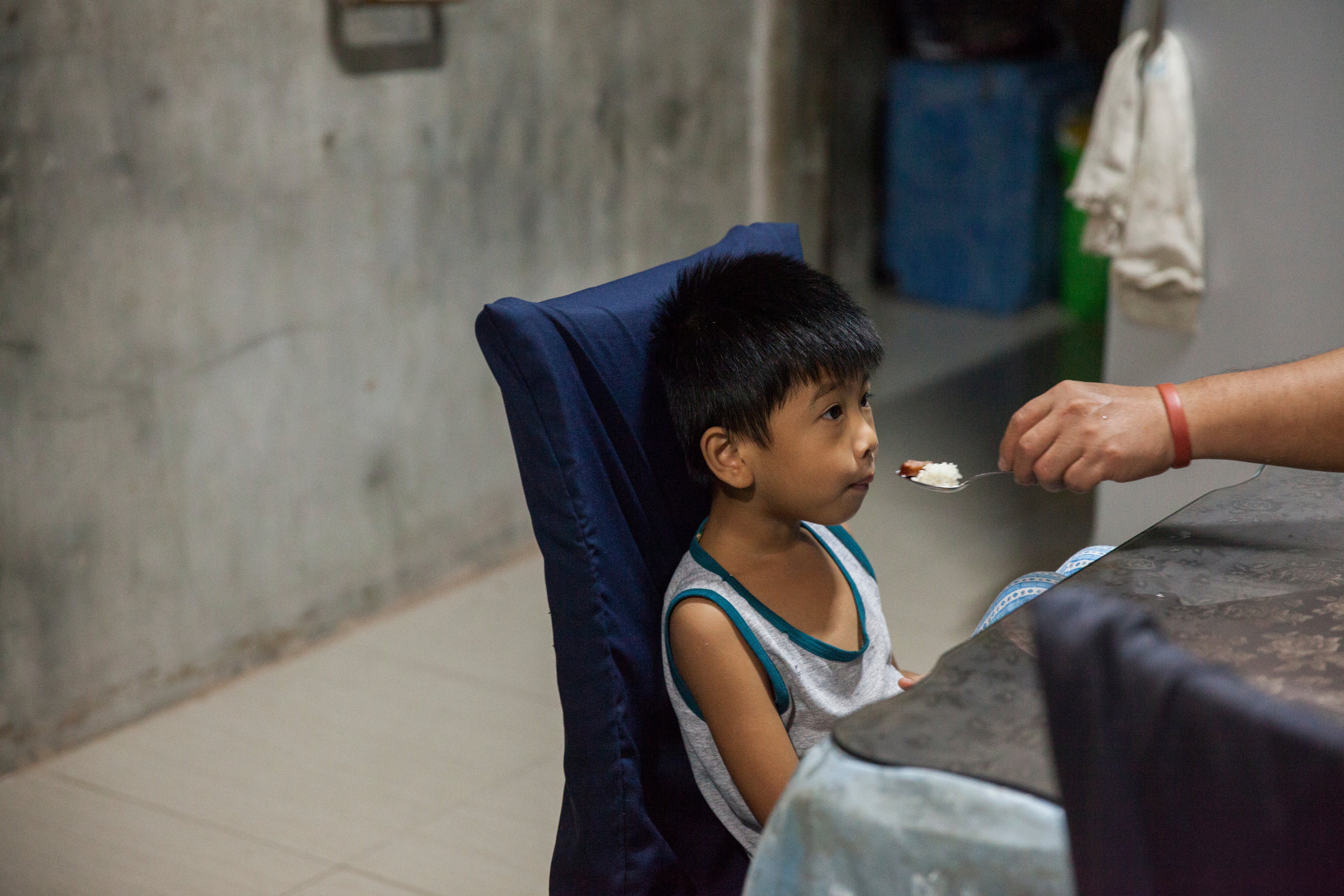
The centerpiece of the program is the provision of cash payments to the poor, conditioned upon their participation in basic health programs, such as micronutrient supplementation and antenatal and postnatal care for mothers and infants.
But 4Ps also serves as proof of the value of an expressly multisectoral approach to poverty reduction, in which various government agencies have collaborated with the Department of Social Welfare and Development to achieve targeted health outcomes, including with regard to anemia.
As explored in greater detail in the section, , the PhilHealth national health insurance program represented another vital poverty alleviation program. In 2010, the DOH used the insurance plan as a platform for a multisectoral campaign to pursue universal coverage, including an enrollment drive that brought over 5 million low-income households into the program. Three years later, the law governing PhilHealth was amended to expand coverage to all expectant mothers.
Improved water and sanitation
One of the most direct ways in which poverty reduction affects anemia prevalence is through increased access to clean water and effective sanitation. The link between unsanitary conditions, gastrointestinal disease, infection and nutrient depletion makes plain the relevance of such programs to any comprehensive effort to address anemia.
The Philippines made substantial improvements during the study period in water, sanitation, and hygiene. As Figure 15 shows, the proportion of Filipino households with improved sanitation facilities increased substantially, and most now have access to safe drinking water. A far lower share of homes were drawing their drinking water from wells—relying instead upon more sanitary sources.
Such improvements were the result of substantial and sustained public and private investments in water and sanitation. In our study, national-level interviewees ranked water, sanitation, and hygiene programs third in importance of all anemia interventions.
These programs took various forms. Much of the improvement in sanitation derived from community-led initiatives and local government unit policies, which focused on the provision of safe water as well as sanitation improvements through the provision of toilet bowls and subsidies for latrine construction.
In addition, several national agencies also participated in improving access to clean water and sanitation. These included the Metropolitan Waterworks and Sewerage System (formerly known as the National Waterworks and Sewerage Authority), the DOH, the Department of the Interior and Local Government, and the Department of Education.
For example, an especially notable national program is the Department of the Interior and Local Government’s Sagana at Ligtas na Tubig sa Lahat, which provides funds for the construction of potable water sources. For its part, the DOH provides laboratory facilities and chemical reagents to make drinking water available to more households.
Several interviewees said such concerted national and local efforts to improve water sources led to a general decrease in cases of diarrhea and gastroenteritis, calling attention to the link between safe water and reduced incidence of parasitism, including soil-transmitted helminths. “By promoting programs on water, sanitation, and hygiene, a reduction in the adverse effects of diseases as well as gastrointestinal diseases [was] observed,” said one national government official.
